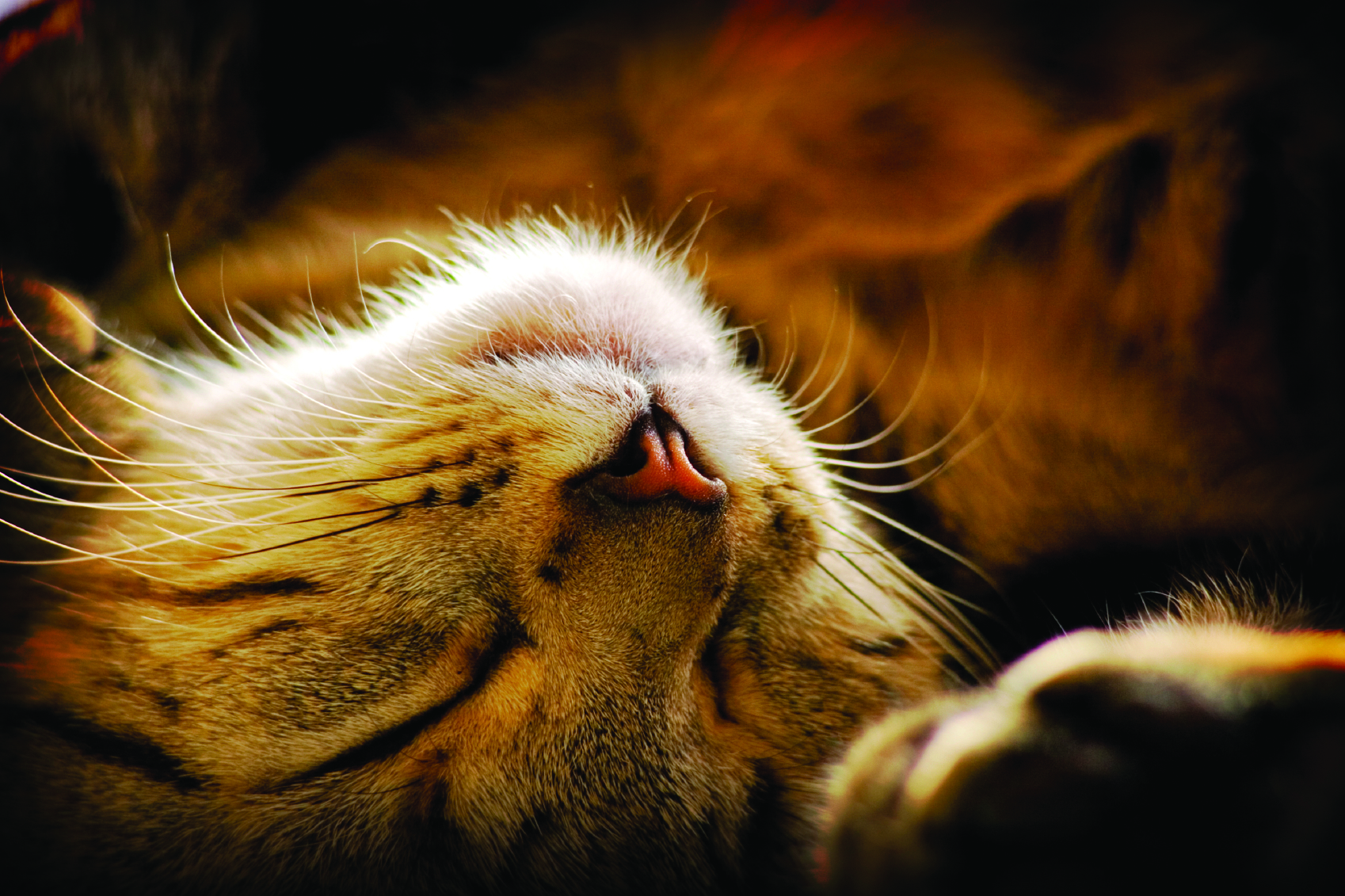Chronic pain is often under recognised in cats. Can you recognise it?
This study describes the use of a simple questionnaire-based tool to identify behavioural/lifestyle changes that are associated with chronic pain in the cat. These changes were grouped into four behavioural domains (mobility, activity, grooming and temperament). Twenty-three cats with chronic musculoskeletal pain as determined by clinical examination were included. The owners of these cats were asked to complete a questionnaire before and 28 days after the start of analgesic treatment (meloxicam). This included a global assessment of changes in behaviour and assessment of the degree of behavioural change observed within each of the defined domains. The attending veterinary surgeon was independently asked to provide a global score before and after treatment. Both owners and veterinary surgeons reported significant changes in behaviour/lifestyle after analgesic therapy. There was no difference between the owners and veterinary surgeons global assessments at baseline but there was at day 28 (P = 0.02). The owners' scores decreased from a median of 5 at baseline to 3 at 28 days (P = 0.0004) while the median veterinary surgeon scores decreased from 5 to 2 at 28 days (P < 0.0001). There was a statistically significant reduction in the owners' scores for each of the four domains with the greatest reduction occurring in the activity category (P = 0.0001). This study shows that owner assessment of changes in their cat's behaviour/lifestyle is an important method of identifying chronic pain in their pets.
Click here to be directed to the study.

